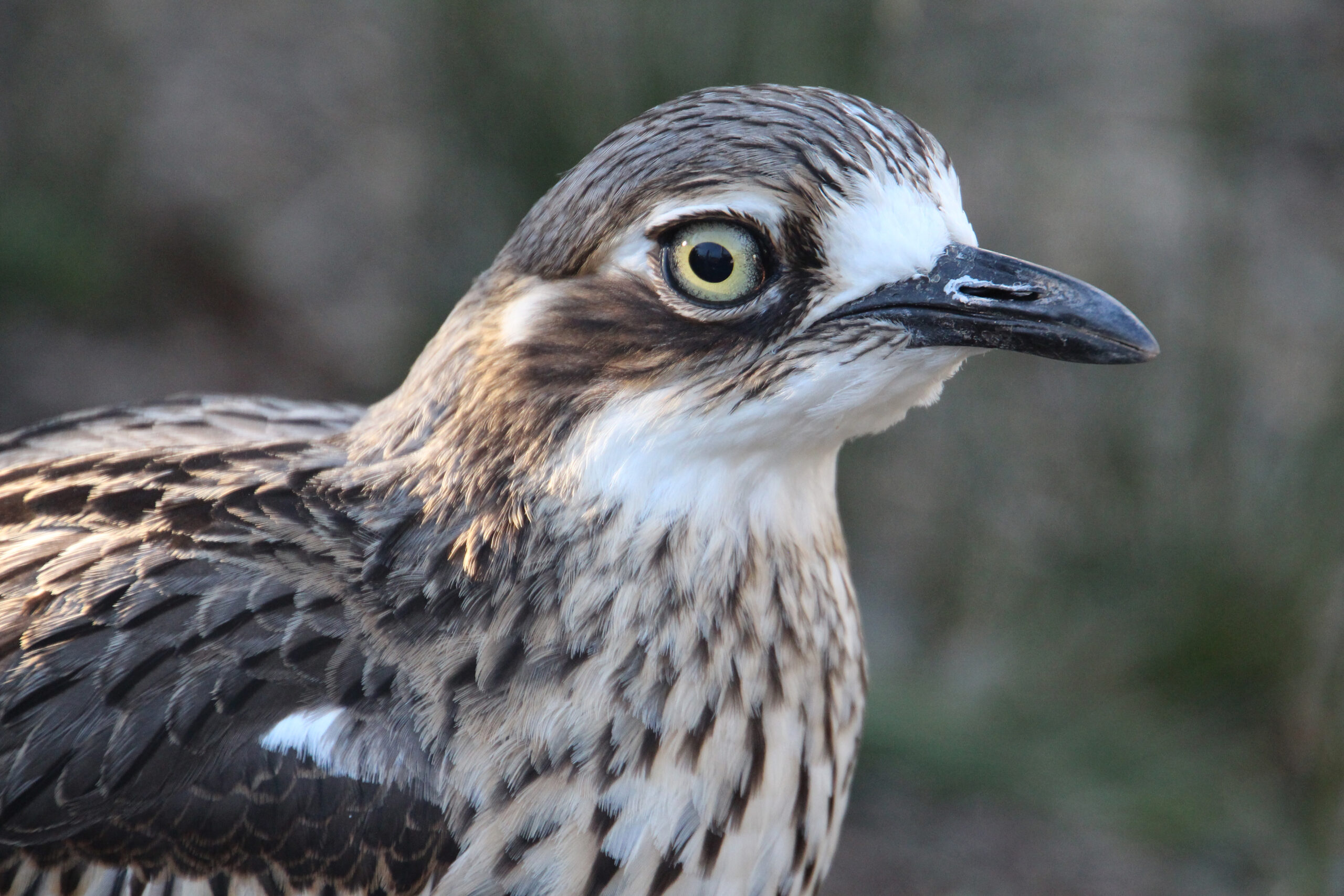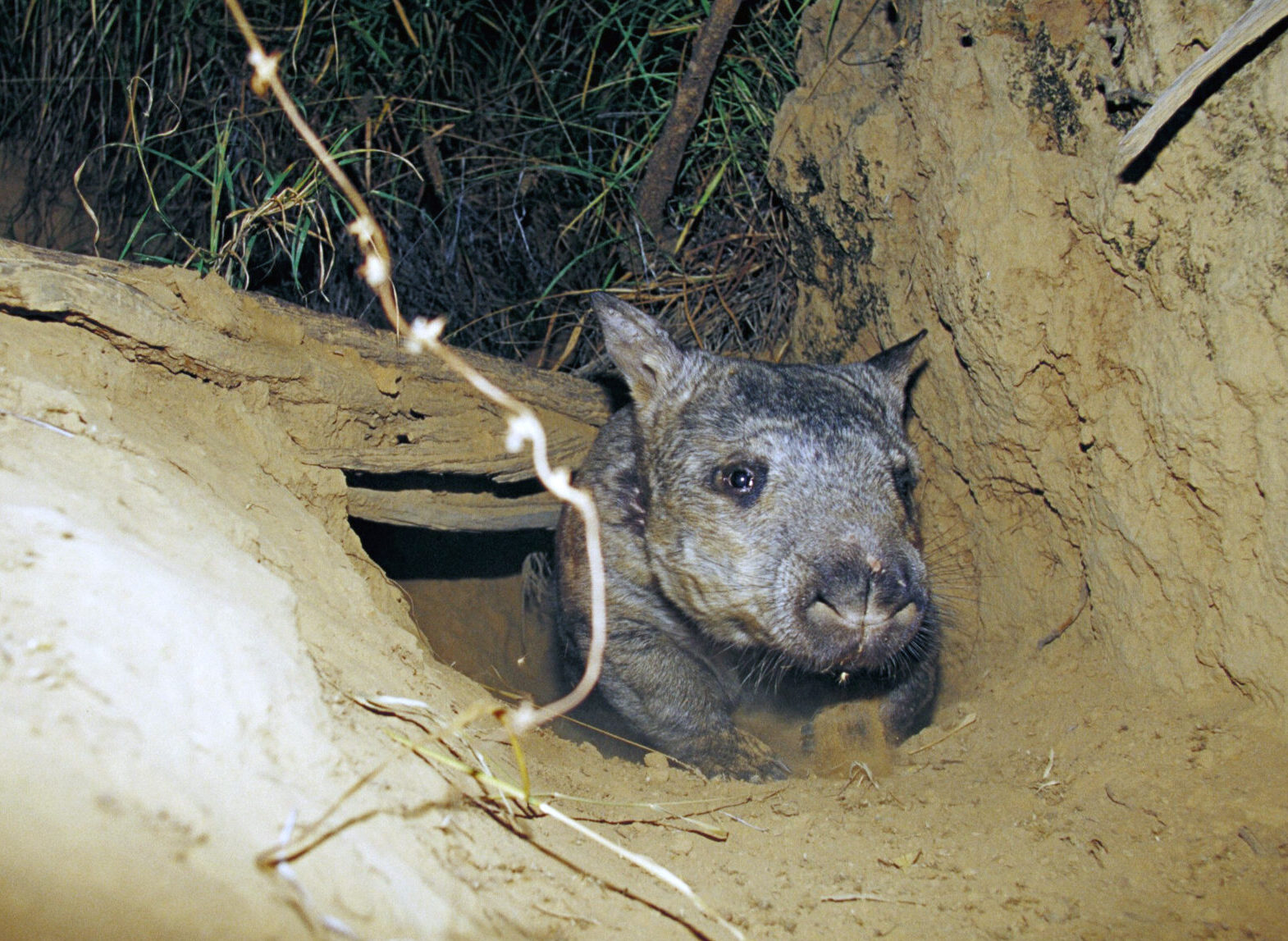| Common name | Mount Kaputar pink slug |
| Scientific name | Triboniophorus aff. graeffei |
| Type | Mollusc |
| Diet | Algae and mosses |
| Average lifespan | Unknown |
| Size | 20cm long |
This slug, which is coloured an extraordinary hot pink, is known only from Mount Kaputar, near the town of Narrabri, in north-west New South Wales. Mount Kaputar is an extinct volcano that rises to almost 1500m and in extreme winters gets so cold near its summit that it sometimes receives a light fall of snow.
This slug is part of a unique suite of unusual animals – known as the Mount Kaputar land snail and slug community – that have been stranded near the top of this mountain.
At last count the group contained 20 snail and this one slug species. Other unique animals in this unique group include the Kaputar hairy snail and several cannibal snail species that catch and eat other snails by following their slime trails.
All of these strange molluscs have evolved in isolation for such a very long time – trapped near the top of the mountain, as if they were on an island – that they’ve developed features unlike animals found elsewhere in the world.

The community lives only in a tiny alpine forest that’s no bigger than 1000h. That is thought to have survived from many millions of years ago when Australia was part of the great southern supercontinent known as Gondwana and was covered with lush moist forests. These forests contracted as the country warmed and dried and the forest on Mt Kaputar is thought to be a remnant of those.
Mount Kaputar pink slugs spend most of their time hidden away beneath damp leaf litter. But they appear in their hundreds at night after rain to feed on tree moss and algae.
Although the unique ecological community that contains this slug is now protected it survives in a delicate balance and a changing climate, bring increased temperatures, could readily lead to its demise.
No one is sure why the Mount Kaputar pink slugs are such an outlandish colour, but it’s possible that it might provide them with camouflage among fallen autumn snow gum leaves on the forest floor.






